 Esperanto
Esperanto
 Shqiptare
Shqiptare
 Euskara
Euskara
 Zulu
Zulu
 Latinus
Latinus
 Cymraeg
Cymraeg
 தமிழ்
தமிழ்
 Slovak
Slovak
 Slovak
Slovak
 Afrikaans
Afrikaans
News Center
Do I have to write frequency when using the walkie-talkie?
Publish:
2023-03-17 10:34
Source:
www.premier-cable.net
Those who have used walkie-talkies know that writing frequency is a necessary skill for the correct use of walkie-talkies. For users who have just started using walkie-talkies, they do not have a good understanding of this field, and may mistakenly believe that all newly purchased walkie-talkies require frequency writing. In fact, this is a misconception. Follow our Premier Cable to learn more.
Although most walkie-talkies have preset frequency settings when they leave the factory, if two or more walkie-talkies that want to talk to each other in different brands, it is possible that they cannot be connected due to different preset frequencies.
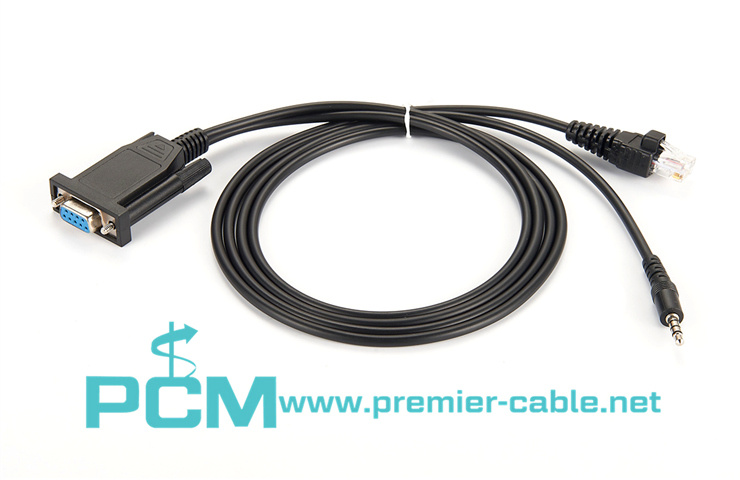
If you use the preset frequency in the walkie talkie and other people around you use the same brand of walkie talkie and tune to this frequency, your call may be eavesdropped and you may use your own set frequency. Due to the large range of numbers, the probability of encountering the same frequency will be much lower.
There are different ways to write frequencies for different walkie-talkies. One type of walkie talkie is a public walkie talkie with a numeric keypad, while the other type is an ordinary public walkie talkie without a keypad.
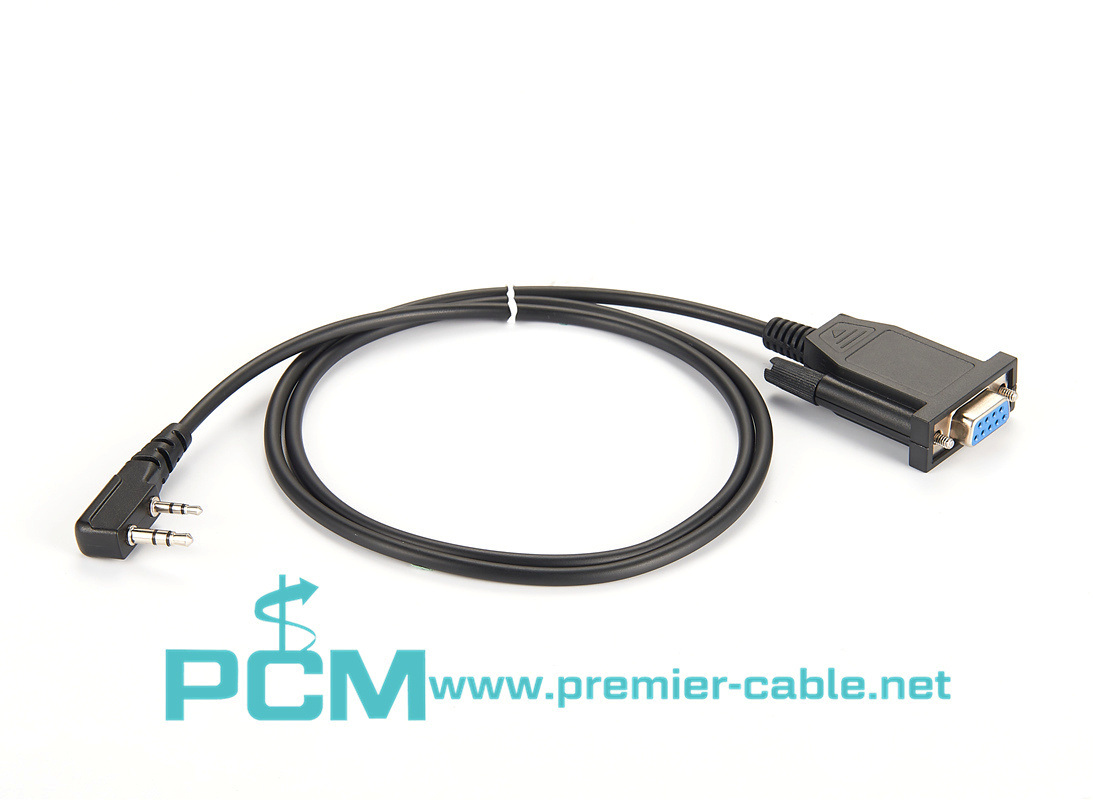
1. FM Public Radio with Keyboard
The frequency range of public walkie-talkies is 409MHz-410MHz, and the operation methods of public walkie-talkies of various brands are relatively similar. Public channels are divided into 20 channels. Public walkie-talkies with keyboards can be paired successfully with other walkie-talkies of the same frequency by manually entering frequencies within the frequency range through the keyboard. This method of inputting frequencies is the easiest and easiest to use for walkie-talkies. Although the operating systems of different walkie-talkies vary, there will not be much difference in the way numeric keyboards are used. A simple operation can make the pairing successful.
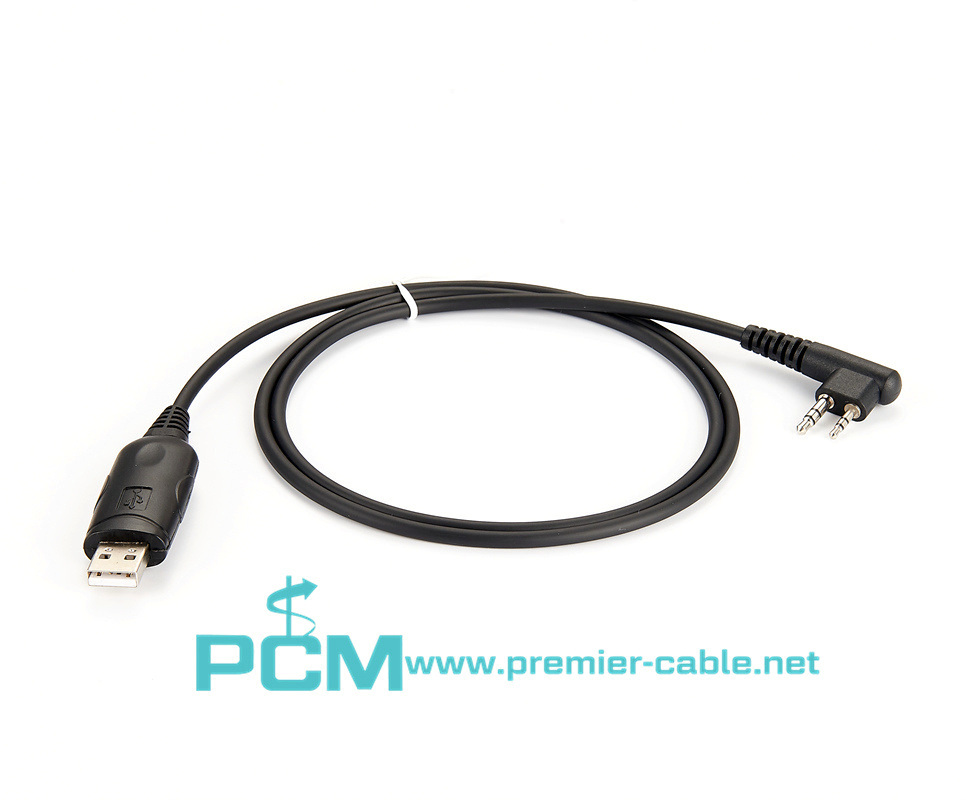
2. FM public walkie talkie without keyboard
Compared to walkie-talkies with keyboards, walkie-talkies without keyboards are more troublesome to write frequency. The frequency modulation of walkie-talkies without a keyboard is adjusted through the frequency adjustment knob on the top. Generally, factory walkie-talkies have a written frequency, and the preset frequency is adjusted through the knob to conduct paired calls. However, if you encounter different brands of walkie talkies with different frequencies corresponding to each rotation scale, you will not be able to pair successfully. In this case, we need to modify the built-in frequency and manually write the same frequency.
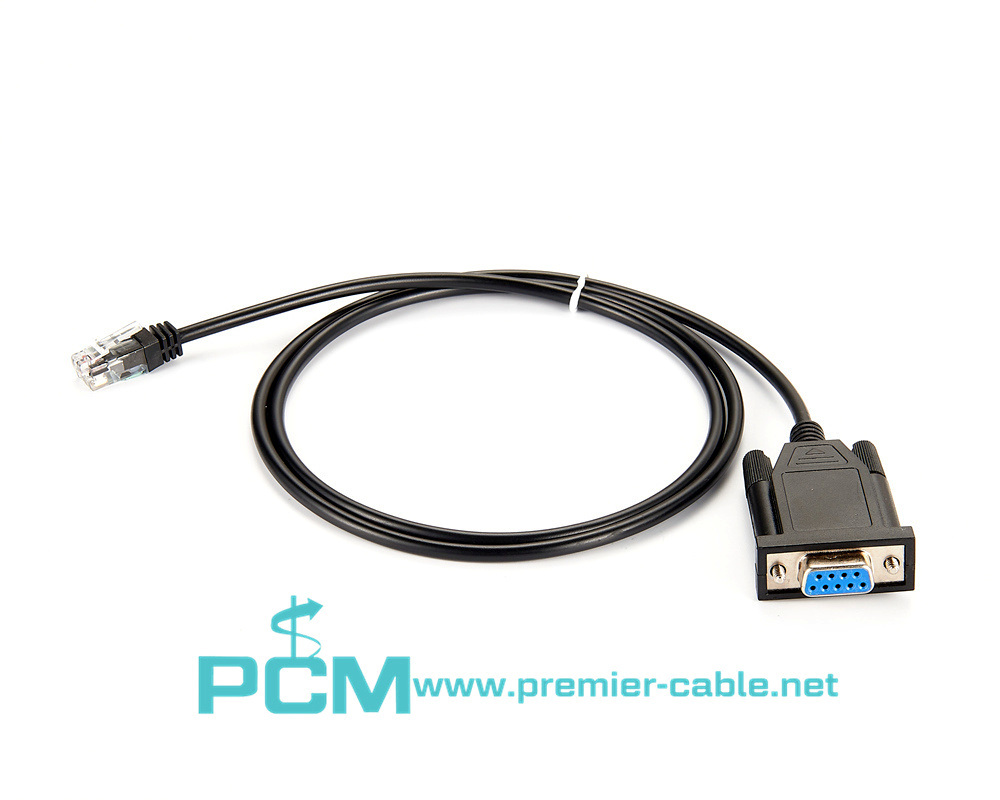
Premier Cable's walkie-talkie cables can serve the following projects: urban underground comprehensive pipe gallery, tunnels, star hotels, Grade A office buildings, urban complexes, bank buildings, high-end residential buildings, government projects, museums, gymnasiums, large convention and exhibition centers, universities, large hospitals, airports, railway stations, subways, large factories, industrial parks, large shopping malls, and so on.
Our Premier Cable specializes in providing walkie-talkie cables for various major radio programming brands: Mototala, Kenwood, HYT, Yaesu, ICOM, Baofeng. Can be customized to sample, undertake various OEM&ODM Customizable according to quantity, material, and functional requirements.
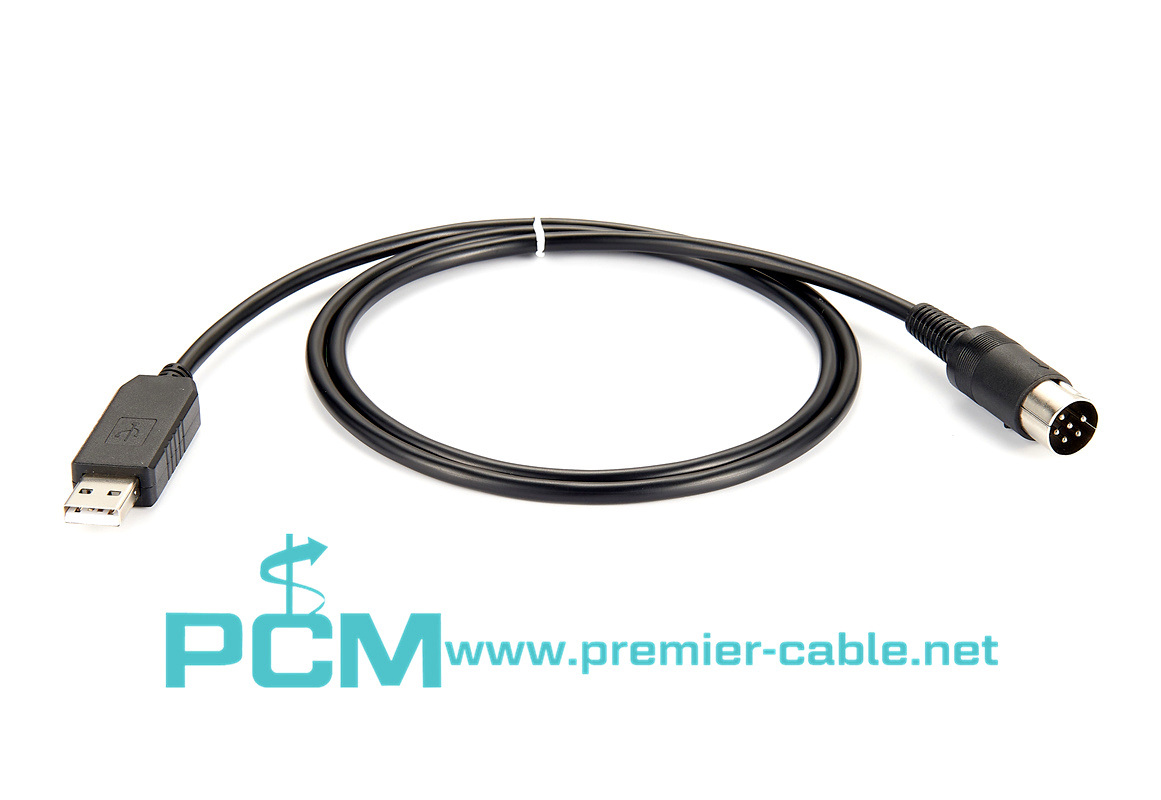
Related News
What is a terminal block used for?
While there are many factors to consider when designing an overall system, terminal blocks are an optimal solution for complex electrical system connections. With a variety of color options and configurations, Premier Cable’ terminal blocks offer a range of options to meet your design challenges.
CAN-bus has been widely used in various automation control systems. For example, CAN-bus has incomparable advantages in various fields such as automotive electronics, automatic control, smart buildings, power systems, and security monitoring.
Introduction to M12 connector pin coding
M12 encoding types are A encoding, B encoding, D encoding and X encoding. A-code, B-code and X-code are some of the earliest developed and longest-available M12 connectors. The latest M12 coding types currently under development are K coding for AC and L coding for PROFINET DC.
Cables – What are the correct cable sizes for an NMEA 2000 network?
The three different sizes of NMEA 2000 certified DeviceNet standard cabling are "micro," "mid," and "mini."
What are the advantages of NMEA 2000?
The Premier Cable Starter Kits provide everything you need to get to create a basic NMEA 2000 network from scratch.
The role of DeviceNet terminal resistor
DeviceNet_network is a fieldbus network protocol based on Controller Area Network (CAN). In the DeviceNet network, the terminal resistor plays the role of compensation and protection for signal transmission. The function of the terminal resistor is to eliminate signal reflection and interference and ensure the signal transmission quality.
